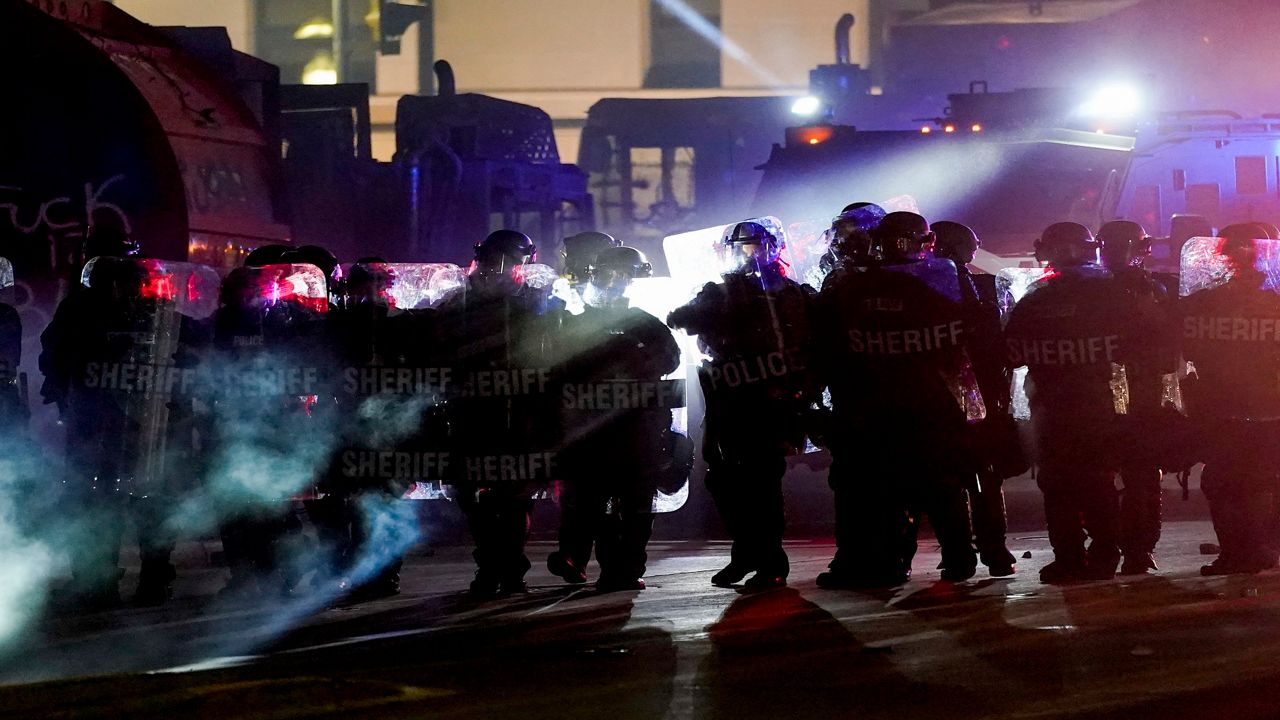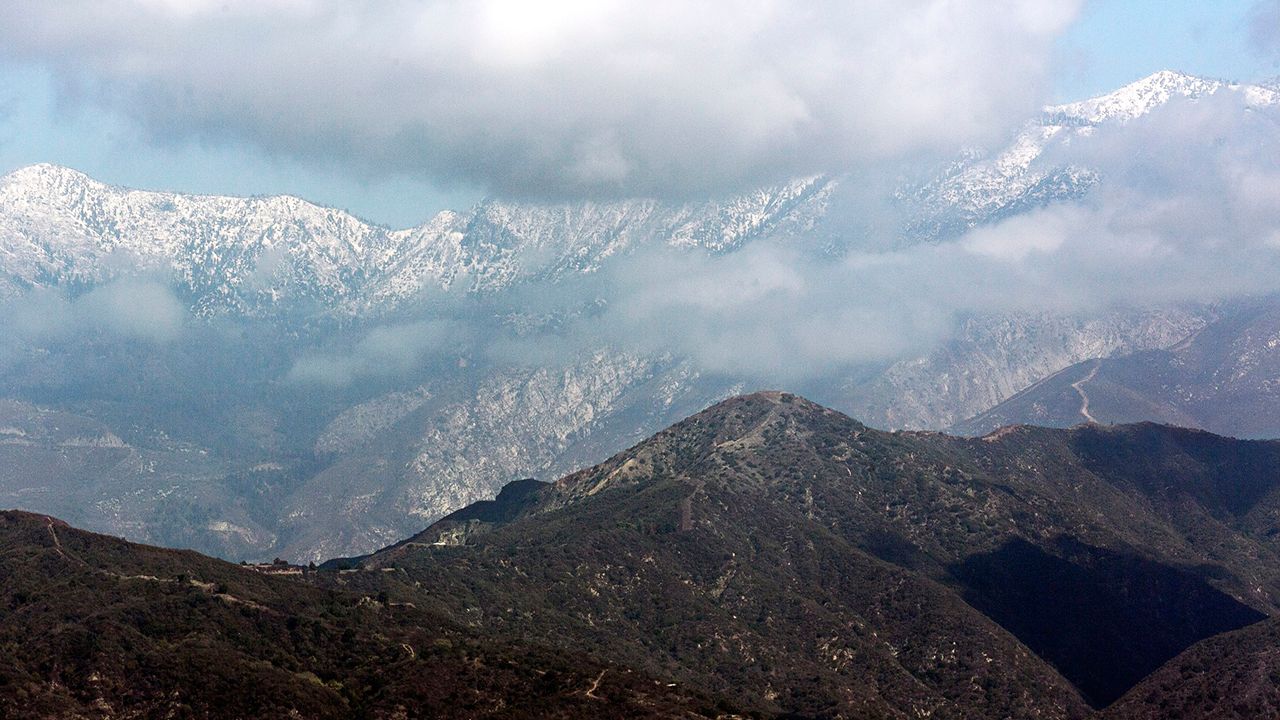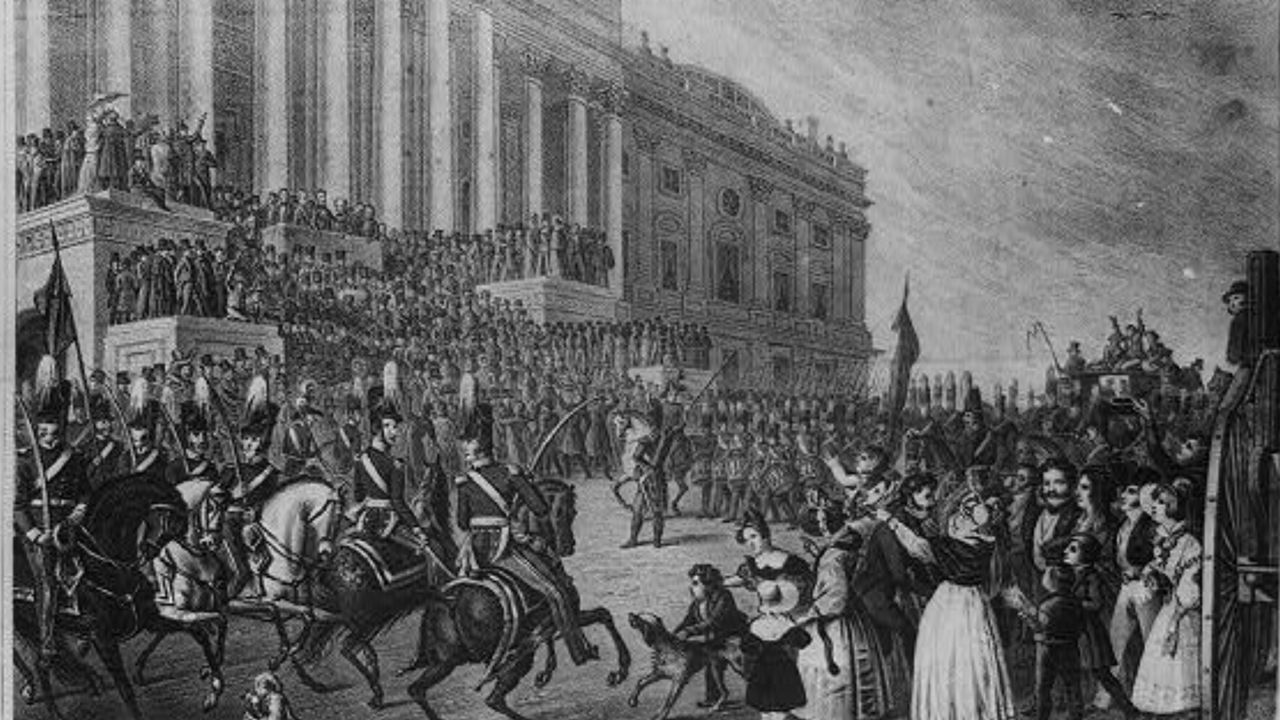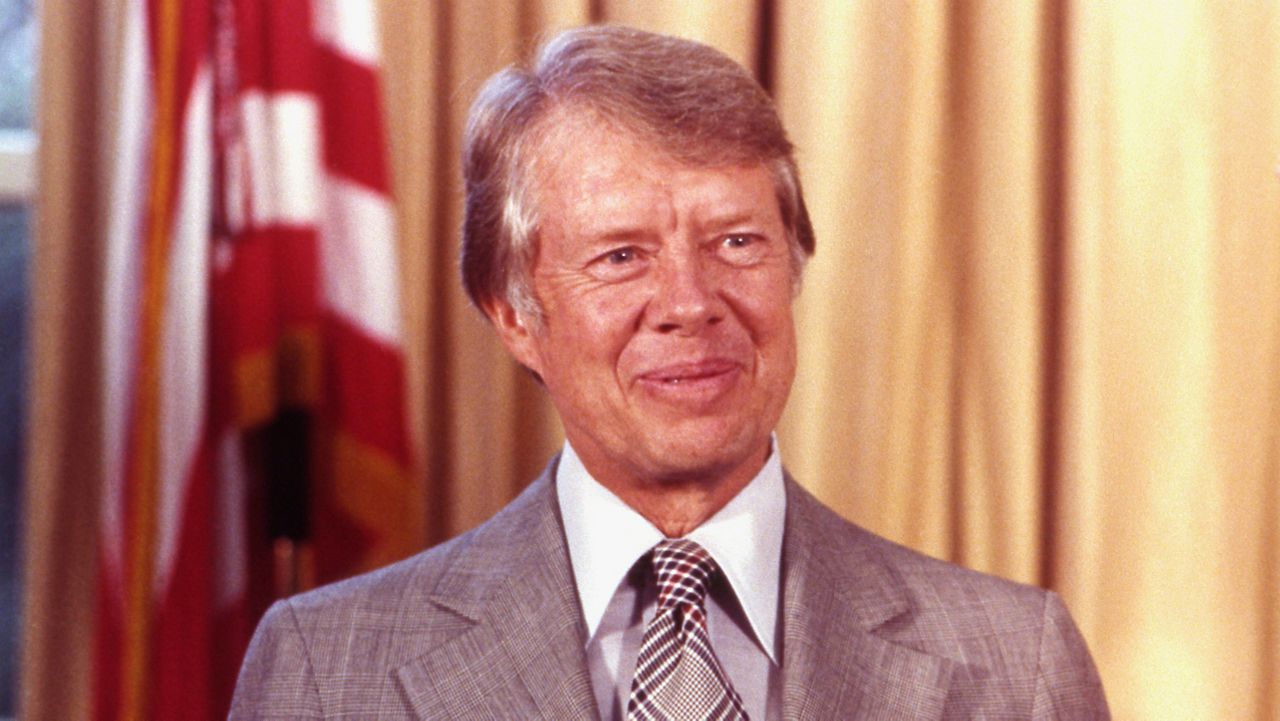KENOSHA, Wis. (SPECTRUM NEWS) — As civil unrest continues to tear up Kenosha in the wake of Jacob Blake’s shooting, Wisconsin Gov. Tony Evers has called on some National Guard troops to respond to the unrest. But some say the numbers so far haven’t been enough, especially after Tuesday night’s clashes left two protesters dead and another seriously injured.
Now, President Trump says the federal government will be sending in additional personnel to support local law enforcement. And Evers announced Wednesday afternoon that he would authorize a total of 500 Wisconsin National Guard members to go to Kenosha this evening.
“Our county is under attack. Our businesses are under attack. Our homes are under attack,” Kenosha County Board leaders wrote in a letter to Evers on Wednesday morning requesting the support of 1,500 National Guard members. “Our local law enforcement agencies need additional support to help bring civility back to our community.”
According to Trump’s Tweet, the government will be sending in more federal law enforcement and National Guard troops, though the president did not specify numbers for the reinforcements.
Evers originally deployed the Wisconsin National Guard on Monday after a first night of intense protests in Kenosha, and on Tuesday doubled the deployment to 250 soldiers after declaring a state of emergency. Now, that number has doubled again.
At a Wednesday press conference, Kenosha Sheriff David Beth said the National Guard was part of a wide net of state and federal resources that city law enforcement was drawing on for support — which also included support from the FBI, state patrol, U.S. Marshals, and other nearby police departments.
“In Kenosha, we are not accustomed to riots,” Beth said. “We pulled resources. We pulled knowledge from federal and state agencies, and the cooperation between all of them have been incredible.”
The National Guard’s role
Despite the name, the National Guard is largely controlled at the state level. It’s made up of part-time soldiers who are trained and ready to be “activated” for a wide variety of tasks — often assisting after natural disasters or other domestic crises.
In Wisconsin, the Army National Guard amounts to about 7,700 soldiers based in different locations across the state, with headquarters in Madison, according to their website. The state’s Air National Guard includes an additional 2,300 members.
Generally, formal requests for National Guard support get passed up from county to state officials and then get final authorization from the governor, explained Adjutant Gen. Paul Knapp, who commands the Wisconsin National Guard. The Guard doesn’t self-deploy, but instead serves various supporting roles based on the requests that come in, he explained at the Kenosha press conference.
“Our No. 1 role is in a support role for local law enforcement and civil authorities,” Knapp said.
Recently, Wisconsin National Guard members in the state have been conducting coronavirus tests and serving as poll workers to fill in gaps in capacity. But since getting a request from Kenosha early Monday morning, they’ve joined the tens of thousands who have been activated in response to civil unrest this summer, in what CNN reported was the biggest Guard mobilization in recent history. Though protests have also heated up in Madison, no National Guard deployments related to the civil unrest have yet been announced outside of Kenosha.
Evers said in his Monday statement that the National Guard members would “help protect critical infrastructure and assist in maintaining public safety and the ability of individuals to peacefully protest.”
The statement clarified that the Guard members ordered into state active duty could help local law enforcement, prevent damage to infrastructure, and support first responders like the fire department, but couldn’t stop people from peacefully protesting or prevent the media from reporting on the situation.
Knapp didn’t offer many specifics on what the National Guard would be doing, beyond the fact that they were following the lead of local law enforcement with protecting “life safety” as their top priority. Guard members can’t arrest people unless specifically authorized to do so.
Also, Knapp pointed out that unlike other military or law enforcement personnel, National Guard members usually spend much of their time working other jobs in the community since their Guard duties are part-time. When they are called into action, it’s a process of getting them to leave their homes and make sure they’re ready to serve, he said.
“The bottom line is: We’re your neighbors. We’re your fellow residents,” Knapp said. “We care about what happens here and throughout the state. And we are here to support the local authorities and bring this to a peaceful conclusion.”
Scaling up in Kenosha
After the first two nights of protests led to major destruction and clashes with law enforcement, additional Guard troops and protective fences around the Kenosha County Courthouse weren’t enough to stop another violent night on Tuesday.
Like in other protests, peaceful protests turned more heated late in the night. And this time, protesters were met with armed civilians who said they were out to protect buildings from being damaged. A Facebook group for a self-described militia, called the Kenosha Guard, had posted a “call to arms” — though the event and the group have since been removed from Facebook, The Verge reports.
Around 11:45 p.m., Kenosha Police responded to reports of a shooting that resulted in two fatalities and one injury, according to a police report.
As of Wednesday afternoon, police in Antioch, Illinois, announced they had arrested a 17-year-old suspect charged with first-degree intentional homicide in connection with the shooting. Kenosha Police Chief Daniel Miskinis said he didn’t know whether the suspect was connected with any larger groups.
Looking to Wednesday night, with more protests expected, Kenosha officials said they were continuing to increase the presence of the National Guard and other authorities.
In addition to the extra soldiers from within Wisconsin, Knapp said he’s been in discussion with other states’ National Guard leaders about the possibility of bringing in more resources and troops. He said this would be a “governor-to-governor agreement” and would place any out-of-state Guard members under Knapp’s command.
The scale-up comes after continued calls from local and national figures, who said more support was needed to quell the unrest that has now turned deadly.
On Tuesday, Trump said on Twitter that the governor should send in the National Guard to Kenosha, although by that point Evers had already activated the Guard at its increased 250-person level.
And in an interview with Fox News on Tuesday, White House Chief of Staff Mark Meadows said Evers had turned down an initial offer from the federal government to provide additional troops.
Wisconsin Sen. Ron Johnson and Rep. Bryan Steil both issued statements on Wednesday urging Evers to accept the support, which Steil said would come in the form of “National Guard from other states and federal law enforcement officers.” National Guard members are able to serve outside their home states at the request of another governor or the federal government.
The lawmakers issued another joint statement after Evers accepted Trump’s support.
“Violence and chaos like we’ve seen the last three nights do nothing to advance justice, and they drown out the voices of those protesting peacefully,” they said in the statement. “Going forward, our focus should be on healing – for Jacob Blake, for the lives turned upside down in the rioting, and for the community of Kenosha.”
Despite the political back-and-forth, Sheriff Beth said state and federal authorities had been responding to Kenosha’s requests effectively from the beginning. He said he welcomed the support of the National Guard and other agencies in his city, where protests are expected to continue as Jacob Blake fights for his life in the hospital, the Wisconsin Department of Justice continues its investigation, and the officers involved remain on administrative leave.
“The good people of Kenosha want them here,” Beth said. “We’ll take whatever resources we can get to take care of this.”









